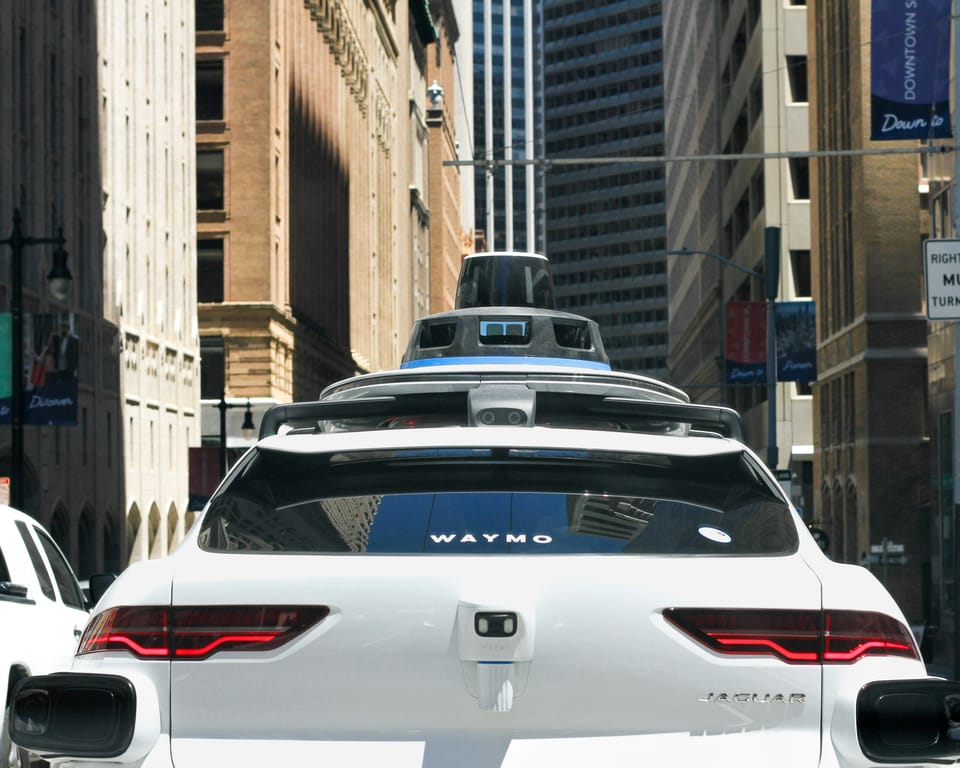Autonomous Driving Regulations in 2025: Navigating New Safety Standards & Legal

SSelf driving technologies have moved beyond prototypes into commercially available models, but regulators are still racing to keep up. 2025 has seen a patchwork of new laws designed to ensure safety while nurturing innovation. In the United States, the National Highway Traffic Safety Administration (NHTSA) issued an updated framework that requires manufacturers deploying Level 3–4 vehicles on public roads to register with regulators and provide detailed safety assessments. States such as California and Florida have adopted their own licensing schemes, including mandatory data reporting, remote‑operation fall‑back systems and minimum insurance coverage for autonomous vehicles.
In Europe, the United Kingdom’s Automated Vehicles Act has paved the way for Level 4 autonomous shuttles on designated routes, provided they meet stringent redundancy and cyber‑security standards. Germany and France have similarly expanded pilot programs to include limited driverless operation on highways. China continues to lead the way with city‑scale autonomous taxi fleets in Beijing, Guangzhou and Shanghai, but recently tightened its data‑sovereignty rules, requiring all sensor and mapping information to be stored domestically.
New regulations are also being written to clarify who is liable when an autonomous vehicle causes a collision. Traditionally, blame lies with the driver, but legislators are shifting responsibility to the manufacturer or the software provider when the automated driving system is in control. Insurers are responding by developing special policies that blend product liability with conventional auto coverage. These legal frameworks are essential for building public trust, but they also increase development costs and compliance burdens for emerging companies.
Despite the legal hurdles, autonomous vehicle developers see an opportunity. Regulators are establishing testing corridors with streamlined permitting processes to encourage innovation. As governments gather more safety data, they plan to refine rules to become technology‑neutral and performance‑based rather than prescriptive. For consumers, the benefit will be a clearer understanding of when they can take their hands off the wheel and how safe they are when they do. The next few years will determine whether autonomous driving can scale beyond pilot projects and become a mainstream mode of transportation.elf driving technologies have moved beyond prototypes into commercially available models, but regulators are still racing to keep up. 2025 has seen a patchwork of new laws designed to ensure safety while nurturing innovation. In the United States, the National Highway Traffic Safety Administration (NHTSA) issued an updated framework that requires manufacturers deploying Level 3–4 vehicles on public roads to register with regulators and provide detailed safety assessments. States such as California and Florida have adopted their own licensing schemes, including mandatory data reporting, remote‑operation fall‑back systems and minimum insurance coverage for autonomous vehicles.
In Europe, the United Kingdom’s Automated Vehicles Act has paved the way for Level 4 autonomous shuttles on designated routes, provided they meet stringent redundancy and cyber‑security standards. Germany and France have similarly expanded pilot programs to include limited driverless operation on highways. China continues to lead the way with city‑scale autonomous taxi fleets in Beijing, Guangzhou and Shanghai, but recently tightened its data‑sovereignty rules, requiring all sensor and mapping information to be stored domestically.
New regulations are also being written to clarify who is liable when an autonomous vehicle causes a collision. Traditionally, blame lies with the driver, but legislators are shifting responsibility to the manufacturer or the software provider when the automated driving system is in control. Insurers are responding by developing special policies that blend product liability with conventional auto coverage. These legal frameworks are essential for building public trust, but they also increase development costs and compliance burdens for emerging companies.
Despite the legal hurdles, autonomous vehicle developers see an opportunity. Regulators are establishing testing corridors with streamlined permitting processes to encourage innovation. As governments gather more safety data, they plan to refine rules to become technology‑neutral and performance‑based rather than prescriptive. For consumers, the benefit will be a clearer understanding of when they can take their hands off the wheel and how safe they are when they do. The next few years will determine whether autonomous driving can scale beyond pilot projects and become a mainstream mode of transportation.